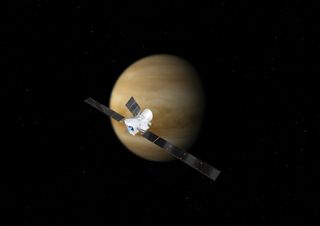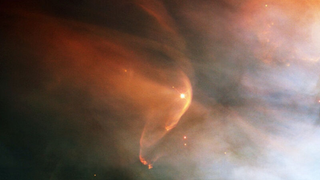The universe
Explore The universe
Latest about The universe
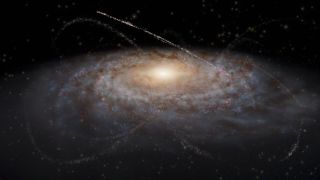
Mysterious dark matter may leave clues in 'strings of pearls' trailing our galaxy
By Sharmila Kuthunur published
Starting in late 2025, the Vera C. Rubin observatory will image the outskirts of our galaxy in search of dark matter clues.
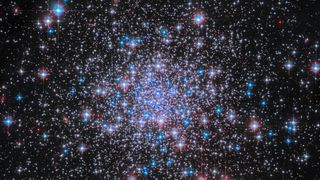
What are globular clusters?
By Conor Feehly last updated
Reference Globular clusters are densely packed, spherical collections of ancient stars. Here we explore them in more detail.
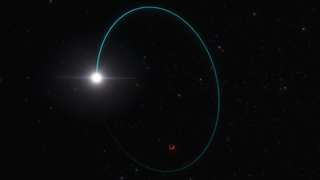
Record breaker! Milky Way's most monstrous stellar-mass black hole is sleeping giant lurking close to Earth (Video)
By Robert Lea last updated
Astronomers have discovered the most massive stellar-born black hole ever seen in the Milky Way, and it lies relatively close to Earth.
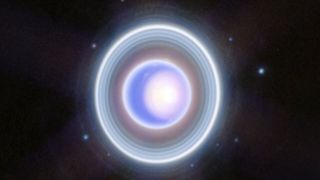
Uranus and Neptune aren't made of what we thought, new study hints
By Deepa Jain published
A study suggests the ice giants Uranus and Neptune aren't quite as watery as previously thought. They may also contain huge amounts of frozen methane, potentially solving the puzzle of how they formed.
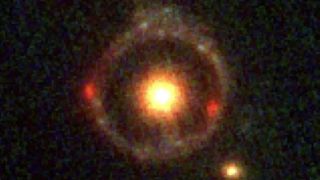
Exotic 'Einstein ring' suggests that mysterious dark matter interacts with itself
By Sharmila Kuthunur published
The unexplained mass of a remarkably massive galaxy suggests that dark matter interacts with itself, according to new observations by the James Webb Space Telescope.
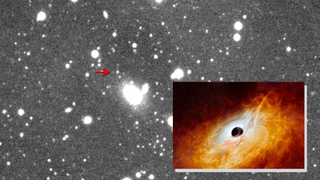
Monster black hole seen feeding on nearby matter just 1 billion years after Big Bang (photos)
By Robert Lea published
The robotic telescopes of the Virtual Telescope Project have observed a quasar powered by a supermassive black hole 3 billion times as massive as the sun at the very edge of the universe
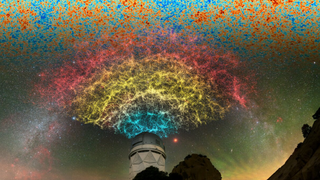
Dark energy could be getting weaker, suggesting the universe will end in a 'Big Crunch'
By Robert Lea published
The first year of Dark Energy Spectroscopic Instrument (DESI) data seems to show that dark energy is weakening over time, possibly the biggest cosmological discovery for 25 years.
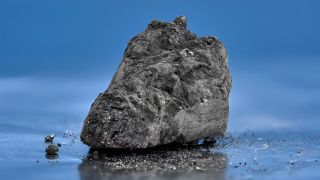
Iconic British meteorite 'Winchcombe' found to have a smashing past
By Keith Cooper published
A detailed analysis of the Winchcombe meteorite has found evidence that its parent asteroid was altered by water before being smashed apart multiple times.
Get the Space.com Newsletter
Breaking space news, the latest updates on rocket launches, skywatching events and more!
